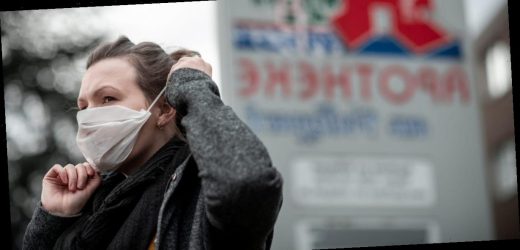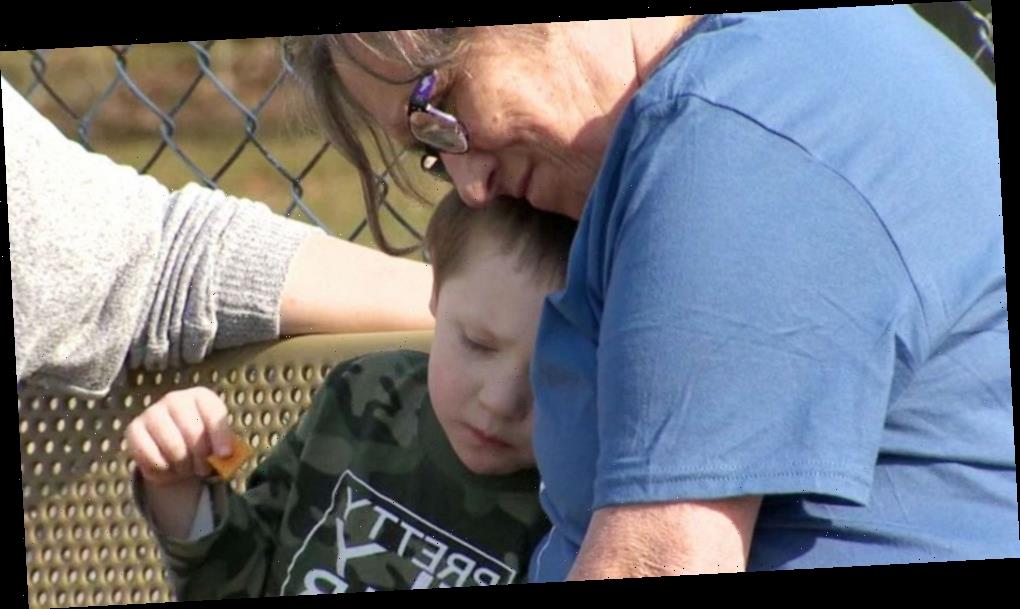- Women represent the majority of long-haulers — people with lasting COVID-19 symptoms.
- This may be because women mount a stronger immune response to the virus than men.
- That could lead them to develop a condition akin to an autoimmune disease.
- Visit the Business section of Insider for more stories.
In general, men get hit harder by the coronavirus than women.
Men have almost three times the odds of requiring intensive-care treatment for COVID-19 than women, according to a December study, and 1.4 times the odds of dying from the disease.
But women may have a harder time recovering after an infection. French researchers found female long-haulers in Paris outnumber male long-haulers four to one. The findings suggest most of those long-haulers — defined as people with symptoms lasting more than eight weeks — are women around 40 years old with no preexisting medical conditions.
“If you think about who the long-haulers are, we’re talking about young women who mostly were super healthy before,” Noah Greenspan, a physical therapist who runs a pulmonary rehabilitation center in New York City, told Insider.
Greenspan created a bootcamp this summer to help long-haulers manage their symptoms. He estimates that around 85% of those who’ve signed up are women.
Greenspan also co-authored a November study that suggested women are more vulnerable to post-viral syndrome following a COVID-19 diagnosis. The study, though still awaiting peer review, compared 43 long-haulers to people who’d fully recovered from COVID-19. All but one of the long-haulers included were female, and many struggled with lingering fatigue, chest pain, fever, headaches, diarrhea, and shortness of breath.
Scientists have a working theory about this imbalance: Women seem to mount a stronger T-cell response to the virus than men, which helps their immune systems identify and destroy it. This can save their lives, but it’s a double-edged sword, since an overly robust T-cell response can lead the immune system to attack itself. In that case, the consequences of infection can lead to something akin to an autoimmune disease.
Genetic differences between men and women may play a role
Greenspan said several of his long-haul patients suffer from dysautonomia: issues related to the autonomic nervous system, such as lightheadedness, dizziness, and a rapid heartbeat.
“It’s almost like for long-haulers, there’s this whole batch of symptoms and they reach their hand in and pull out a handful,” Greenspan said. “For some people, it may be the gut. Some people, it may be the autonomic nervous system. Some people, it may be the lungs. Whatever their weak spot was, we found that COVID is very opportunistic.”
But dysautonomia is less common among male long-haul patients, he added.
“We are seeing men who seem to [recover] a little bit more quickly than women,” Greenspan said. “And I’m not sure why that is.”
It’s not altogether surprising that women who get COVID-19 die at lower rates than men but struggle with more long-term symptoms. Women live longer than men on average — which might be due to biological characteristics like a stronger immune response, though the science is far from settled — but are also more likely to develop autoimmune diseases like lupus, Crohn’s, or rheumatoid arthritis.
Some researchers think the reasons for this difference are genetic: X chromosomes contain more immune-related genes than the Y chromosome. X chromosomes also hold more genes in general, creating more opportunities for mutations that could lead to an autoimmune disease. Additionally, studies have found that women have more of a gene called VGLL3 that could prompt the immune system to attack itself.
Sex hormones, too, could play a role. Estrogen helps regulate the immune response, so when estrogen levels are low, the female immune system may react too aggressively to the coronavirus. That may help explain why 77% of female long-haulers in a UK survey said their symptoms were worse prior to or during their periods, when hormone levels are at their lowest.
“We do see a lot of women during their menstrual cycles or before their menstrual cycles having certainly an increase in symptoms, but what the exact mechanism is, I don’t think we know,” Greenspan said.
Most patients with chronic fatigue syndrome are women, too
Coronavirus long-haulers often display characteristics of chronic fatigue syndrome (CFS), a disorder known clinically as myalgic encephalomyelitis. People with CFS often feel weak or foggy after too much physical activity, and the symptoms don’t improve after sleep or rest.
Like long-haulers, women with CFS roughly outnumber men four to one.
It’s possible that the coronavirus triggers CFS directly, but many researchers believe the virus causes its own, similar-looking long-term disorder. Either way, further study of CFS could yield clues about why women have a harder time recovering from the coronavirus.
Some research suggests that CFS is an autoimmune disease that disrupts the autonomic nervous system. When our bodies sense a threat, the system releases hormones that prepare us to either defend ourselves or run away — a “fight-or-flight” response. As a result, blood pressure rises, heart rates pick up, and breathing accelerates.
For people with CFS, even small activities like taking a walk or grabbing the mail can bring about this fight-or-flight mode.
Studies have also suggested that CFS may activate microglia — tiny cells that can trigger inflammation in the central nervous system. This could ultimately impair brain function, resulting in a lack of energy, confusion, or poor focus.
The two theories aren’t mutually exclusive: It’s possible that some people with CFS could have an autoimmune disorder, while others have a neurological one.
Long-haul cases could be similarly varied. In time, scientists may come to see long-haulers as the blanket term for a group of people with a host of different illnesses spurred by COVID-19.
Those illnesses may require distinct treatment plans. Some patients may benefit from drugs that hinder inflammation, for example, or that blunt the production of antibodies that can attack one’s own immune system. Others may require physical therapy to train their bodies not to have a fight-or-flight response to physical activity.
Greenspan said he’s studying whether a combination of treadmill exercise and oxygen therapy could help alleviate patients’ symptoms.
“There’s a whole bunch of things that, while not a cure, are certainly therapeutic for many people,” he said.
Get the latest coronavirus business & economic impact analysis from Business Insider Intelligence on how COVID-19 is affecting industries.
Source: Read Full Article


